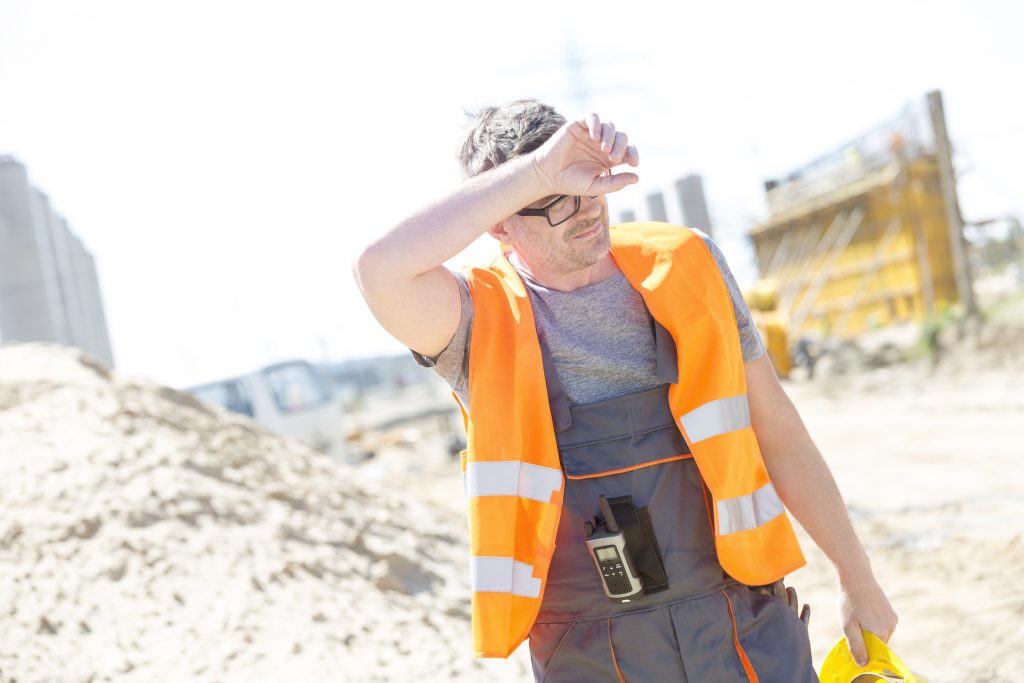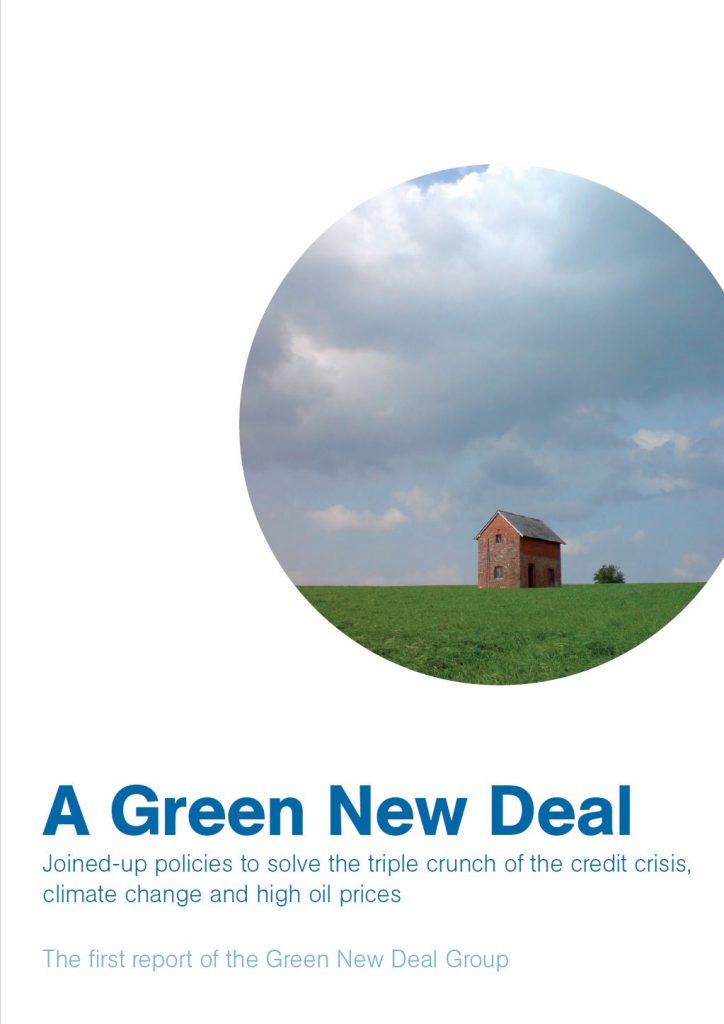
On 19 December 2019, the Australian Council of Trade Unions (ACTU) issued a confusing and, ostensibly, three-paragraph media release about working in heat, a hazard that has been regularly analysed by SafetyAtWorkBlog. It states:
“OHS laws which are designed to keep workers safe at work need to be updated to deal with the reality of climate change, which will mean hotter days and more bushfires, resulting in conditions which are hazardous to workers, especially those who work outside.”
Paragraph 1 – update the occupational health and safety (OHS) laws. Paragraph 3 – new regulations needed:
“… we call on the Morrison Government to act urgently to implement new regulations to protect workers from these hazards.”
So which is it – enforce the old or create new?
The question needs to be asked again – why are trade unions expecting governments to intervene on OHS matters when the law states the primary duty is with the employers? Is it an admission of defeat over consultation between workers/unions and employers on OHS matters? And why keep calling on a Federal government to improve OHS when it already has a record of inaction and reluctance?
The ACTU media statement includes a quote allocated to ACTU Secretary Sally McManus:
“….we need action from the Morrison Government to ensure that all Australian workers are safe at work.”
McManus knows that OHS laws are almost all set and controlled by individual States and Territories. So what does she really expect the Federal Government to do about working in extreme heat? Why not include specific recommendations for positive change?
The significance of this particular media statement is that the ACTU seems not to have determined its strategy on the basis of workplace health and safety.
Part of the OHS challenge on working in heat is that faced by lots of other policy areas. Climate Change is a global hazard requiring a global response and out global systems are not structured to address an issue that is generated by multiple countries at the same time. Despite attempts to address OHS globally through the International Labour Organisation, safety management remains in the purview of individual nations. So the ACTU must cut the Australian Government some slack in that the government cannot, following the Hierarchy of Controls, eliminate the hazard or substitute the hazard.

Engineering Controls are possible in terms of redesigning or retrofitting workplaces to be able to control the heat exposure risks but few governments have such a strategy, although there is some hope in the emergency of Green New Deals – a concept associated mostly with the United States but that originates largely from the United Kingdom in 2008. The UK report hoped to:
“… help bring these diverse social and industrial forces together, leading to a new progressive movement. We believe that our joint signatories point to an exciting possibility of a new political alliance: an alliance between the labour movement and the green movement, between those engaged in manufacturing and the public sector, between civil society and academia, industry, agriculture and those working productively in the service industries.”
page 6
The Green New Deal Group’s report was pre-Brexit so there was much discussion about interconnectedness with Europe. Clearly the strategy requires a reconfiguration.
The relevance of the Green New Deal report is that the ACTU has proposed nothing similar and certainly not in the context of OHS. Short sharp media releases and safety alerts are understandable but the ACTU could have backed up its calls with an intention to develop a more comprehensive and detailed OHS-centred climate strategy in 2020. The first year of a decade is a good time to announce new approaches, plans and strategies.
Innes Willox of the Australian Industry Group has responded to the ACTU media statement claiming it is more a political statement than a call for change in OHS. There is some validity in the points he raises in his own three and a half paragraph media statement. Personalising the Australian Government as the “Morrison Government” shows a political rather than a policy context.
Willox pointed out that national guidance on addressing heat hazards is available: guidance that the members of the ACTU and trade unions helped develop, but misses the same point as the ACTU. It is employers who have the capacity and duty to reduce the presence and impacts of working in excessive heat. The AiGroup has a more influential role on this matter because its members are the employers who can be setting the new standard of managing excessive heat and improving air quality. AiGroup is far more of a business influencer than the ACTU will be.
As has been discussed in other articles, OHS is unlikely to be the catalyst for change but it offers a moral context that strengthens other social policy actions. Climate change will be fought from environmental arguments, followed by economic arguments (as they are developed). OHS is something that strengthens those arguments by identifying risks and opportunities.
The back and forth between the trade unions, business sector and government is colourful but unproductive on the issue of working in excessive heat. Perhaps there is an opportunity for the OHS profession to propose the necessary strategy.
